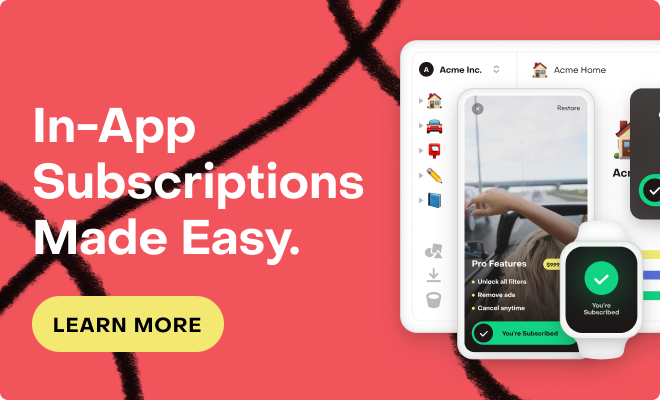Hi,
I am developing an app for Android using Flutter and I am trying your awesome service!!
All is working fine by now, but the refund operation. I explaining what I did till now:
I have purchased successfully a non-cosumable (life time) with my testing account. This is working fine also when restarting the app without internet active also after hours, meaning the cache does the job.
Then I refunded the account in Google Play console and waited till it was successfuly refunded.
Starting the app the entitlement is still active. At start I check this using:
PurchaserInfo purchaserInfo = await Purchases.getPurchaserInfo();
purchaserInfo.entitlements.all['myLifeTimeEntitlement']?.isActive <== this is trueBasically I have the same issue described in this post:
https://community.revenuecat.com/topic/show?tid=326&fid=7
I read somewhere that the SDK cache is refreshed about every 5 minutes. Thinking about this, I found:
await Purchases.invalidatePurchaserInfoCache();which is not recommended. Anyway seems not to work and I didn't find anything similar to try.
So I tried to uninstall and reinstall the app. And this worked! The entitlement.isActive was set to false.
I think I missed something, any help is greatly appreciated!
Thanks for your time







